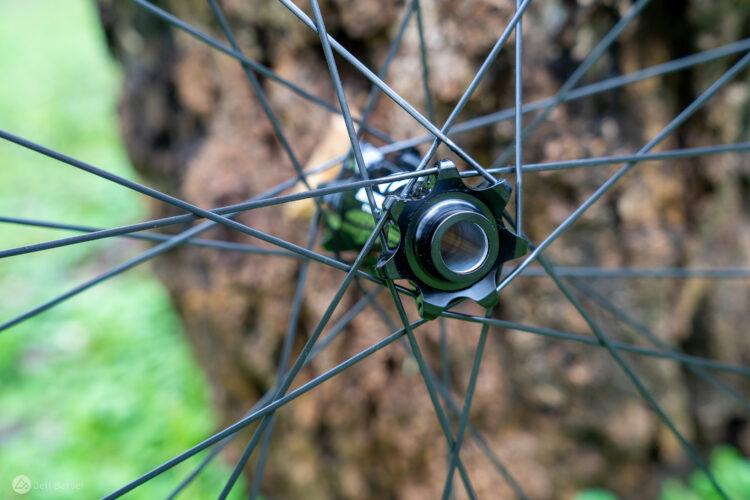Launched just over two years ago, SRAM’s Boost 148 spacing has quickly gone mainstream. Of course we’ve seen pretty much every new and updated mountain bike frame speccing Boost spacing since then, but what’s surprising is just how quickly it’s invaded mountain bikers’ quivers. According to a recent survey of more than 2,000 Singletracks readers, nearly 30% own at least one bike with Boost spacing. It’s hard to think of any other new MTB standard that has been as quickly adopted by both manufacturers AND consumers.
[see_also id=’58241′][/see_also]
It’s also interesting to note that of the mountain bikers we surveyed, 246 of them admitted they weren’t sure if any of their bikes had a Boost-spaced rear end. It’s unclear whether this is a marketing failure by SRAM and its partners or whether these consumers are simply ill informed (or both).
This swift move to a new hub spacing standard has affected everyone from drivetrain component manufacturers to frame and wheel builders, which makes it all the more remarkable to see just how quickly everyone has adapted. Consumers seem to be ok with the move, content to go along with the ride–or to simply remain oblivious to the change.











5 Comments
Jul 27, 2017
Jul 26, 2017
Jul 27, 2017
Jul 26, 2017
However, as a note to the Editors, I agree 100% with the "click bait" titles. Too many articles state something similar to "These are the Best Mountain Bike Tires" when instead they should be "Our readers favorite tires".
Jul 26, 2017